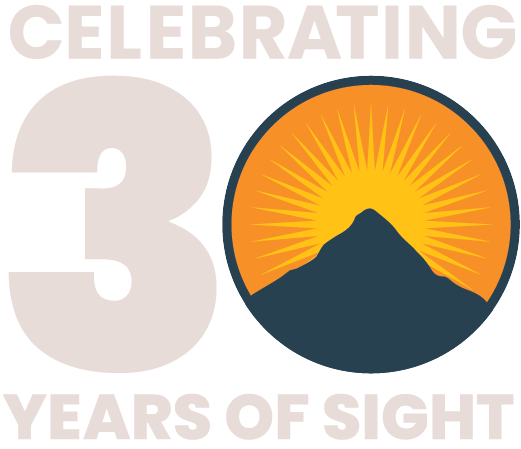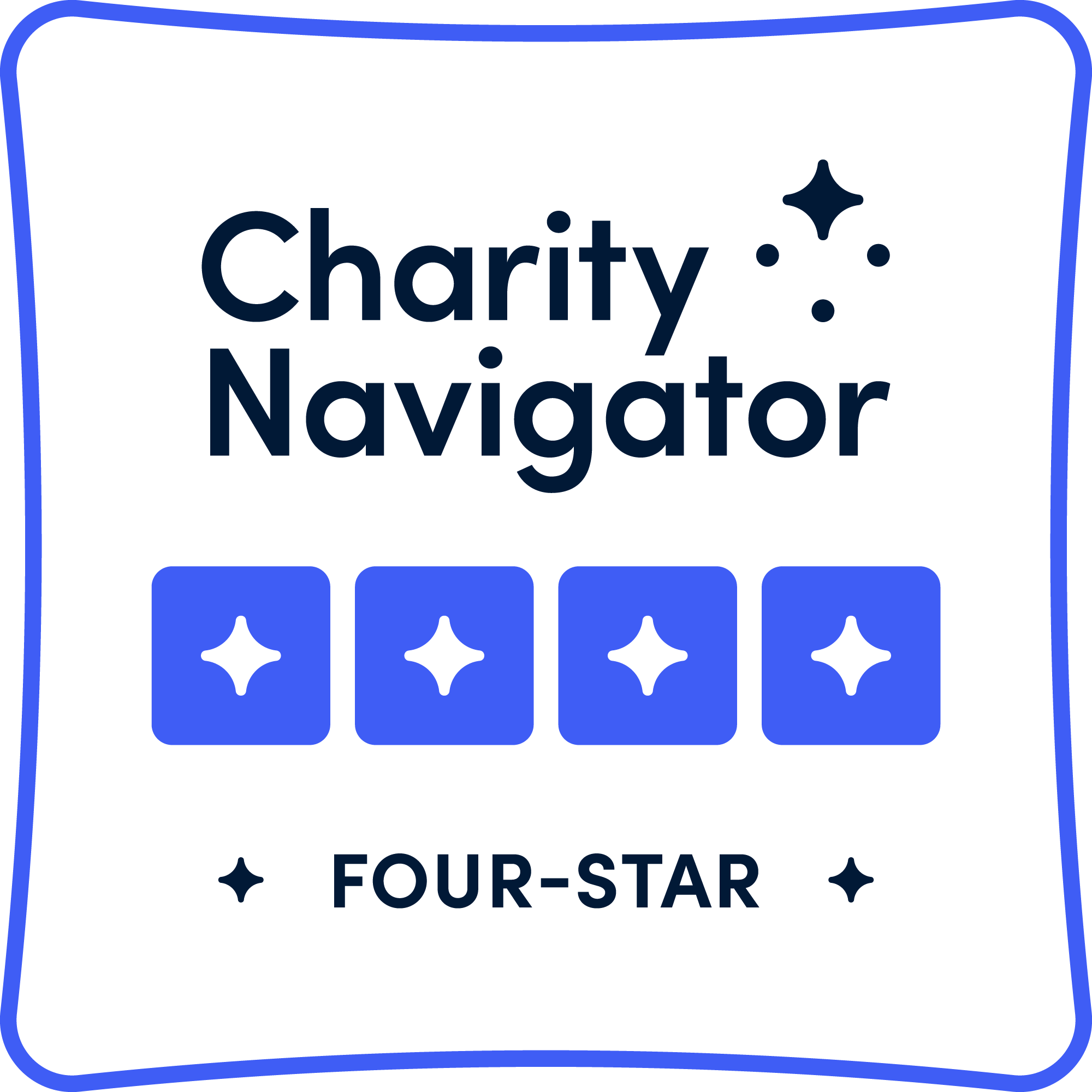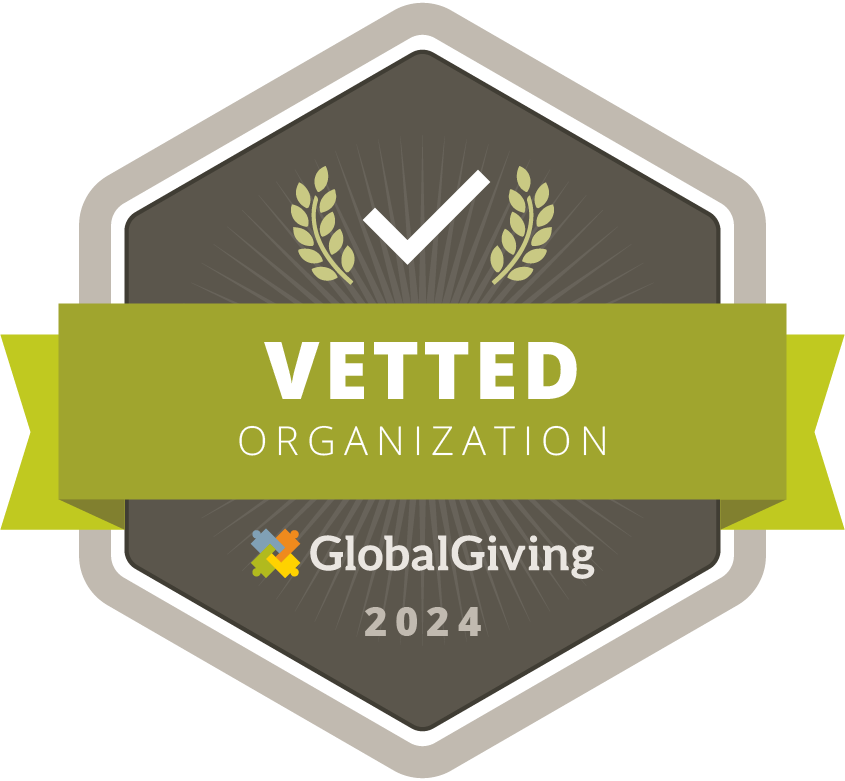Norwich, VT – 25 September 2024 – Cure Blindness Project, a leading non-profit dedicated to eliminating avoidable blindness around the world, is excited to announce the launch of its new bi-annual newsletter, Cure Blindness Project MD Newsletter. This valuable resource will provide medical professionals, and anyone interested in eye health advancements, with in-depth insights into groundbreaking innovations shaping global ophthalmology.
“The MD Newsletter is a valuable tool for staying informed about the latest advancements being made by Cure Blindness Project and its partners in global ophthalmology,” says K-T Overbey, CEO, Cure Blindness Project. “By sharing inspiring success stories, groundbreaking research, and transformative training initiatives, we hope to empower healthcare professionals around the world to make a lasting impact on patient outcomes.”
The Cure Blindness Project MD Newsletter offers a comprehensive overview of the latest procedures, treatments, and research led by Cure Blindness Project and its partners. Articles are written by leading experts, giving readers an exclusive look at how the fight against blindness is progressing across sub-Saharan Africa and South Asia.
Subscribe now: https://cureblindness.org/md-newsletter.
Shining a Light on Global Eye Care Advancements: What to Expect in the MD Newsletter
Success Stories from the Field
- Nepal: Skills Transfer Saves Sight - Pacific Northwest Retina’s Dr. Eric Hanson's recent visit to Tilganga Institute of Ophthalmology (TIO) empowered local surgeons to perform life saving retinal or choroidal biopsies for the first time, offering new hope for diagnosing and treating eye cancer. Field notes submitted by Dr. Purnima Sthapit (TIO) describe two cases and biopsy results.
- Ethiopia: Pioneering Treatment for Ocular Tumor - Dr. Rebecca Getachew (Menelik II Hospital) details the successful treatment of an advanced recurrent ocular tumor in her article. This "first-in-Ethiopia" case offers valuable insights and hope for future patients.
- Ghana: First Locally Prepared Amniotic Membrane Graft Treats Congenital Mass - Thanks to Cure Blindness Project support, a seven-month-old-girl named Muniratu Nuhu received sight-saving treatment with the first locally prepared wet amniotic membrane graft in Ghana. The innovative procedure addressed a large conjunctival mass on her left eye, demonstrating the project's impact on advancing eye care in underserved regions.
Investing in the Future
- Research Grants Tackle Sickle Cell Retinopathy - New research grants led by Dr. Arthur Brant at Stanford University delve into combatting sickle cell retinopathy, a major cause of blindness in Ghana. This research holds significant promise for improving vision outcomes in the region.
- LIVE Classroom: Building Expertise - Updates from the LIVE Classroom program showcase the growing proficiency of resident doctors in various ophthalmology fields, including ocular oncology, pediatric ophthalmology, and more. Witness the next generation of eye care professionals develop their life-saving skills.
Join the Community
- Share Your Achievements - The Cure Blindness Project MD Newsletter welcomes contributions from Cure Blindness Project alumni, partners, and volunteers. Submit news and award details to [email protected] to be featured in future issues.
Together, We Can Cure Avoidable Blindness
Cure Blindness Project is a global leader in ophthalmology, having performed over 1.6 million sight-restoring surgeries worldwide. By empowering local healthcare systems with the knowledge, skills, and resources they need to deliver high-quality eye care, the project is working towards a future where everyone can see clearly.
###
About Cure Blindness Project
Founded as Himalayan Cataract Project, Cure Blindness Project today celebrates 30 years of restoring sight. This singular mission expanded from its origins in Nepal to 30 countries with high-quality eye care, education, and world-class eye care infrastructure. Together with partners, Cure Blindness Project has provided over 1.6 million sight-restoring surgeries and provided screening and basic care to over 16.5 million people.



